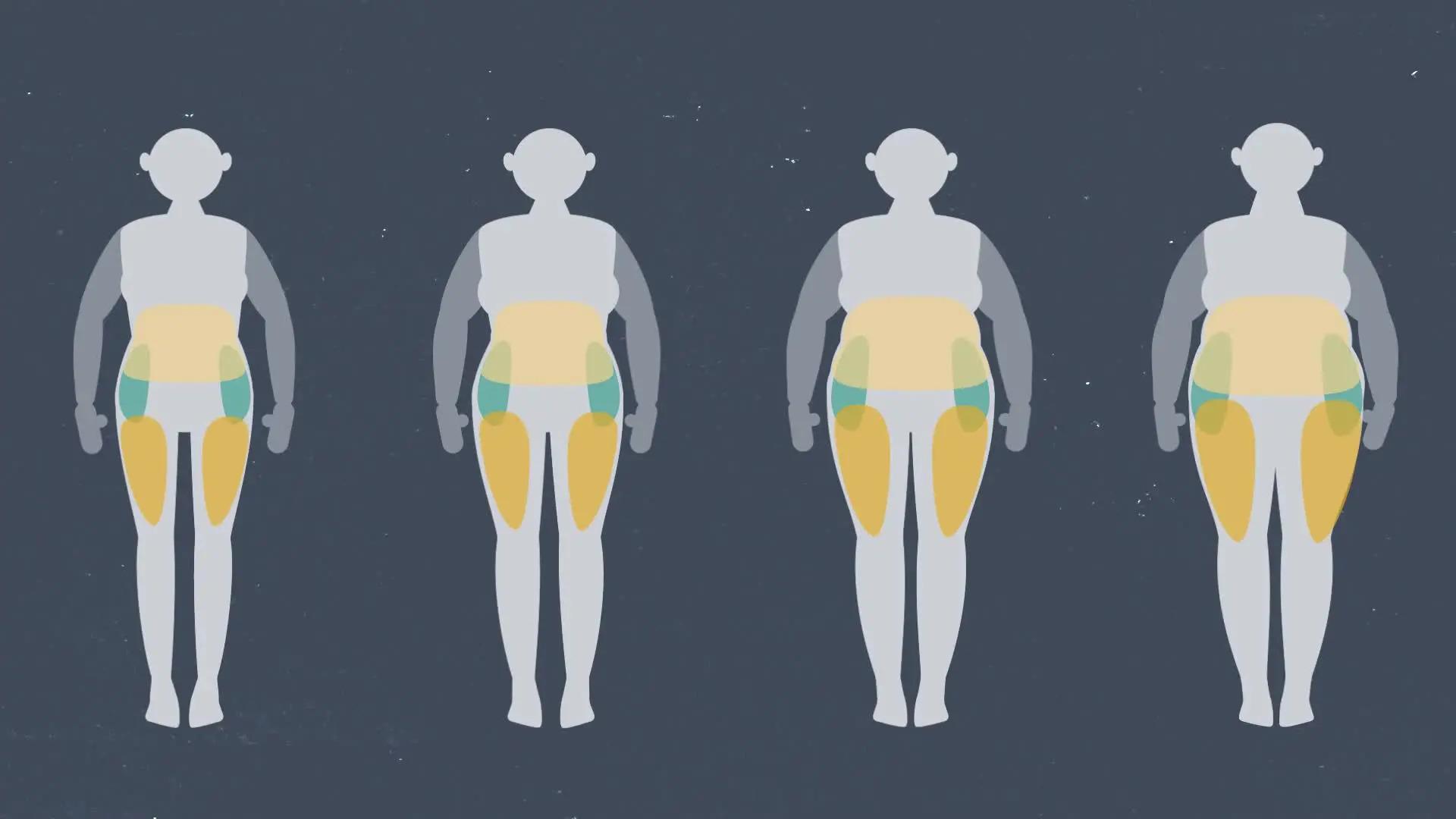When embarking on a journey to shed excess body fat, many individuals face the daunting challenge of preserving hard-earned muscle mass while cutting calories. The process of calorie reduction, essential for fat loss, can inadvertently lead to muscle degradation if not approached with careful strategy and informed decisions. Fortunately, with the right techniques and knowledge, it is entirely possible to maintain, or even enhance, your muscle definition while achieving your weight loss goals. In this article, we will explore effective strategies and expert-backed tips to help you avoid muscle loss during a calorie deficit, empowering you to transform your body composition without sacrificing strength or performance. Whether you’re a seasoned athlete or just starting your fitness journey, these insights will equip you with the confidence and understanding needed to succeed.
Prioritize Protein Intake for Muscle Preservation
When embarking on a calorie deficit journey, ensuring an adequate intake of protein is crucial for maintaining muscle mass. Protein is the building block of muscles, and without enough of it, your body might start breaking down muscle tissue for energy, undermining your fitness goals. Aim to incorporate a variety of protein sources in your diet. These can include:
- Lean meats: Chicken breast, turkey, and lean cuts of beef provide high-quality protein with minimal fat.
- Fish and seafood: Salmon, tuna, and shrimp are excellent sources of protein and omega-3 fatty acids.
- Dairy products: Greek yogurt, cottage cheese, and low-fat milk are rich in protein and calcium.
- Plant-based options: Lentils, chickpeas, quinoa, and tofu are great for those following a vegetarian or vegan diet.
Integrating these protein-rich foods into your meals helps support muscle repair and growth even while you’re cutting calories. Additionally, it can enhance satiety, reducing the likelihood of overeating. Remember, the goal is to find a balance that allows you to lose fat while preserving the hard-earned muscle mass you’ve worked for. Make protein a staple in every meal, and your body will thank you as it adapts to a leaner, stronger version of itself.
Incorporate Strength Training into Your Routine
To maintain muscle mass while reducing your caloric intake, it’s essential to focus on strength training as a core component of your fitness regimen. This approach not only helps in preserving lean muscle but also boosts your metabolism, enabling you to burn more calories even at rest. Consider integrating the following strategies into your weekly workout plan:
- Compound Movements: Prioritize exercises that engage multiple muscle groups, such as squats, deadlifts, and bench presses. These movements are efficient and effective in maintaining muscle mass.
- Progressive Overload: Gradually increase the weight or resistance in your workouts to continually challenge your muscles. This technique is crucial for muscle growth and retention.
- Consistency: Aim to strength train at least 2-3 times a week. Regular sessions help to ensure muscle preservation while you are in a caloric deficit.
- Recovery: Ensure adequate rest and recovery between sessions. This allows your muscles to repair and grow, counteracting any potential muscle loss.
By emphasizing these elements, you can effectively safeguard your muscle mass and achieve your body composition goals even while cutting calories.
Optimize Your Caloric Deficit for Sustainable Results
To maintain muscle mass while reducing your caloric intake, it’s crucial to focus on strategic dietary adjustments and exercise routines. Begin by calculating your daily caloric needs and aim for a modest deficit, typically around 500 calories per day, which allows for gradual weight loss without compromising muscle. Protein intake is vital; ensure you consume at least 1.2 to 2.2 grams of protein per kilogram of body weight daily to support muscle maintenance and repair. Include a variety of protein sources like lean meats, dairy, legumes, and plant-based options to meet your needs.
- Prioritize strength training: Incorporate resistance exercises into your routine at least 3-4 times a week to stimulate muscle growth and prevent atrophy.
- Stay hydrated: Proper hydration aids in muscle function and recovery, so drink plenty of water throughout the day.
- Monitor progress: Regularly assess your body composition to ensure you’re losing fat, not muscle, and adjust your plan accordingly.
Remember, achieving a balance between cutting calories and preserving muscle is a delicate process that requires consistency and attention to detail. By following these guidelines, you can ensure that your efforts lead to sustainable and healthy results.
Stay Hydrated and Manage Stress Levels
Proper hydration and effective stress management are key components in preventing muscle loss during a calorie deficit. Hydration aids in maintaining muscle function, as water is crucial for transporting nutrients to muscle cells and removing waste products. Dehydration can lead to muscle cramps, fatigue, and impaired performance, hindering your ability to maintain muscle mass. Aim to drink at least eight glasses of water a day, and increase your intake if you’re engaging in intense workouts or living in a hot climate. Remember, herbal teas and water-rich foods like cucumbers and watermelon can also contribute to your daily hydration needs.
Stress can trigger the release of cortisol, a hormone that may contribute to muscle breakdown if elevated for prolonged periods. Incorporating stress-reducing practices can help mitigate this risk. Consider integrating activities such as:
- Meditation or deep-breathing exercises
- Regular physical activity like yoga or walking
- Ensuring adequate sleep
- Engaging in hobbies that bring joy and relaxation
By focusing on these aspects, you can support your body’s resilience and protect your muscle mass even while cutting calories.




